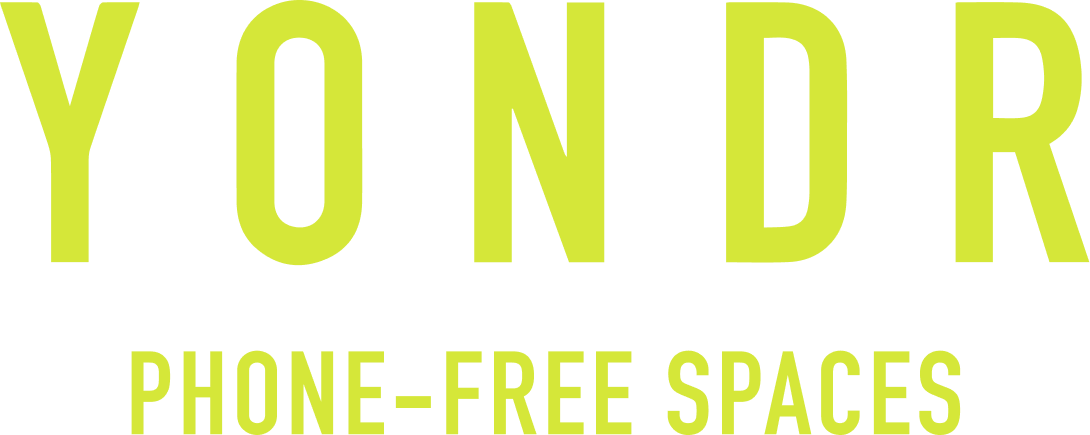Phone-Free Schools: Missouri’s Pending Policy, Unpacked
This week in our Phone-Free Schools by State series, we’re heading to the Show-Me State.
Missouri’s newly passed legislation could bring sweeping changes to classrooms across the state—banning student cellphone use from the first bell to the last. If enacted, Senate Bill 1481 would make Missouri the latest to join a growing nationwide push for focused, distraction-free learning.
The policy takes a comprehensive, “bell-to-bell” approach and would place Missouri alongside nine other states with similar phone-free requirements. Designed to support student success and ease the burden on teachers, the shift reflects a broader movement toward learning environments that prioritize engagement and well-being.
What Missouri Districts Must Do by the 2025–2026 School Year
Under Senate Bill 1481, every Missouri public school district and charter school must adopt and publish a comprehensive cellphone use policy ahead of the 2025–2026 school year. The policy must:
Prohibit the use and visible display of phones and other personal electronic communication devices from bell to bell—including during instruction, meals, breaks, transitions, study halls, and school-sponsored events
Apply district-wide, not just at individual schools or grade levels
Include an enforcement plan, outlining clear disciplinary procedures for violations
Be published on the district’s website and communicated to staff, families, and students
Allow for exceptions, including medical needs, IEPs or 504 plans, emergencies, or authorized instructional use at the principal’s discretion
Note: This policy is currently set to remain in effect through August 2032.
What Missouri Leaders Are Saying
Missouri’s phone-free policy has drawn strong support from state leaders and frontline educators who see it as a commonsense step toward restoring focus, safety, and connection in classrooms.
Rep. Kathy Steinhoff (D-Columbia), a former high school teacher and current Missouri House member, has called the bell-to-bell approach “the most effective and quickest way” to create real change.
Todd Fuller, spokesperson for the Missouri State Teachers Association, says teachers across the state have voiced clear support for policies that minimize classroom disruptions.
And at the district level, Principal Christian Overstreet of Fair Grove High School emphasized that removing cellphones from the school day is essential—not just for learning, but for student well-being and teacher sustainability.
Early Results from Missouri Schools
Missouri schools that have partnered with Yondr to implement phone-free environments are already seeing powerful results. Educators report that students are forming new social connections, becoming more confident, and redirecting their attention toward academics and in-class learning. Teachers, in turn, are reclaiming valuable instructional time instead of managing phone-related disruptions.
-
With students’ phones secured in Yondr pouches, educators observed fewer conflicts and stronger peer relationships.
“It’s beautiful. You see kids who normally aren’t talking to each other—they’re not in the same friend group—but they are growing bonds and actually communicating.”
—Breona Ward, Director of College and Career Progressions, DeLaSalle High School
-
The Jennings School District implemented Yondr in 2022 and has since seen a cultural shift across its campuses.
“This is how we get kids re-engaged around teaching and learning—and how we help them become more socially secure around one another.”
—Dr. Paula Knight, Superintendent
-
In early 2025, students in grades 7–12 began using Yondr pouches daily during school hours.
“They come in, unlock the pouch, put the phone in, and keep it on their person all day. Ultimately, we’re just trying to shift the focus back to academics rather than having to focus on technology.”
—Dr. Aaron Cornman, Superintendent
Supporting Teachers Starts with Supporting the Classroom
Effective classroom management benefits everyone. Recent findings show:
A pilot study from Auburn University found that teachers in a phone-free middle school reported increased social interaction among students and said the new environment made their work more meaningful and sustainable (Auburn University).
Western Kentucky University research revealed that most teachers were distracted by students’ phone use during class, which impacted their ability to teach effectively (Western Kentucky University).
A 2024 Pew Research Center report, cited by the NEA, found that 90% of teachers support banning phones during instructional time, with many linking device use to increased frustration and burnout (NEA.org).
As Missouri districts gear up to roll out this policy, it’s a critical time to not only re-engage students in learning, but to revitalize and re-inspire the teachers who guide them each day.
How Yondr Can Help Missouri Schools Lead
Preparation is key. While Missouri’s phone-free policy awaits the governor’s signature, now is the time to plan for a smooth rollout. Yondr’s Phone-Free Schools Program is a proven, scalable solution that aligns with the state’s bell-to-bell expectations—helping schools foster more focused, connected, and supportive learning environments.
We provide:
Customized policy development tailored to your district’s needs
Comprehensive training and onboarding for staff, students, and parents
Secure, durable pouches that let students keep phones—without the distractions
Reliable unlocking infrastructure to ensure smooth daily operations
Ongoing support to guarantee long-term success
Join the growing number of Missouri schools partnering with Yondr to build distraction-free classrooms that work—for everyone.
WANT TO JOIN OUR GLOBAL
COMMUNITY OF PHONE-FREE SCHOOLS?
To learn more about the Yondr Program, click below to request a free demo or consultation.
Yondr has offices in California, New York, Minnesota, London, and Sydney.




